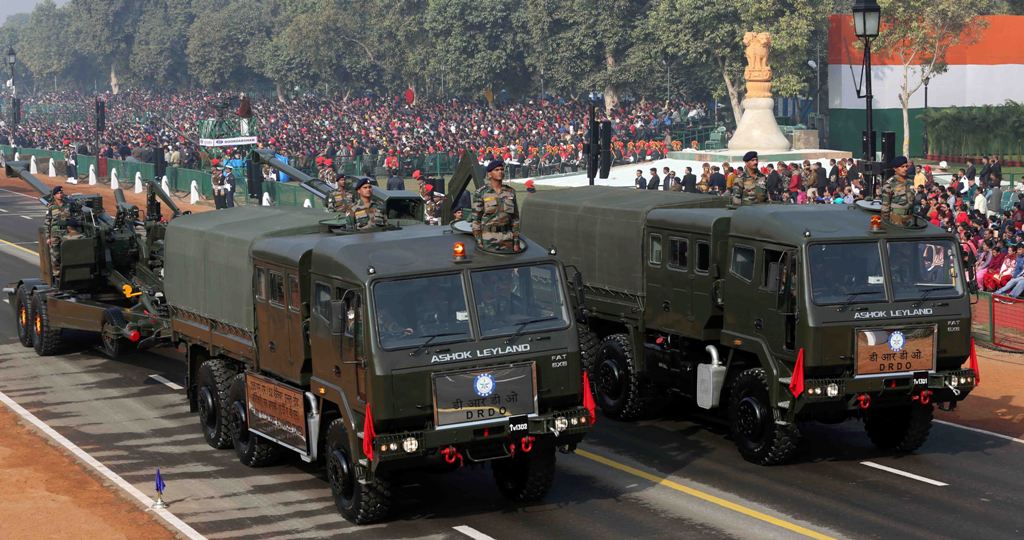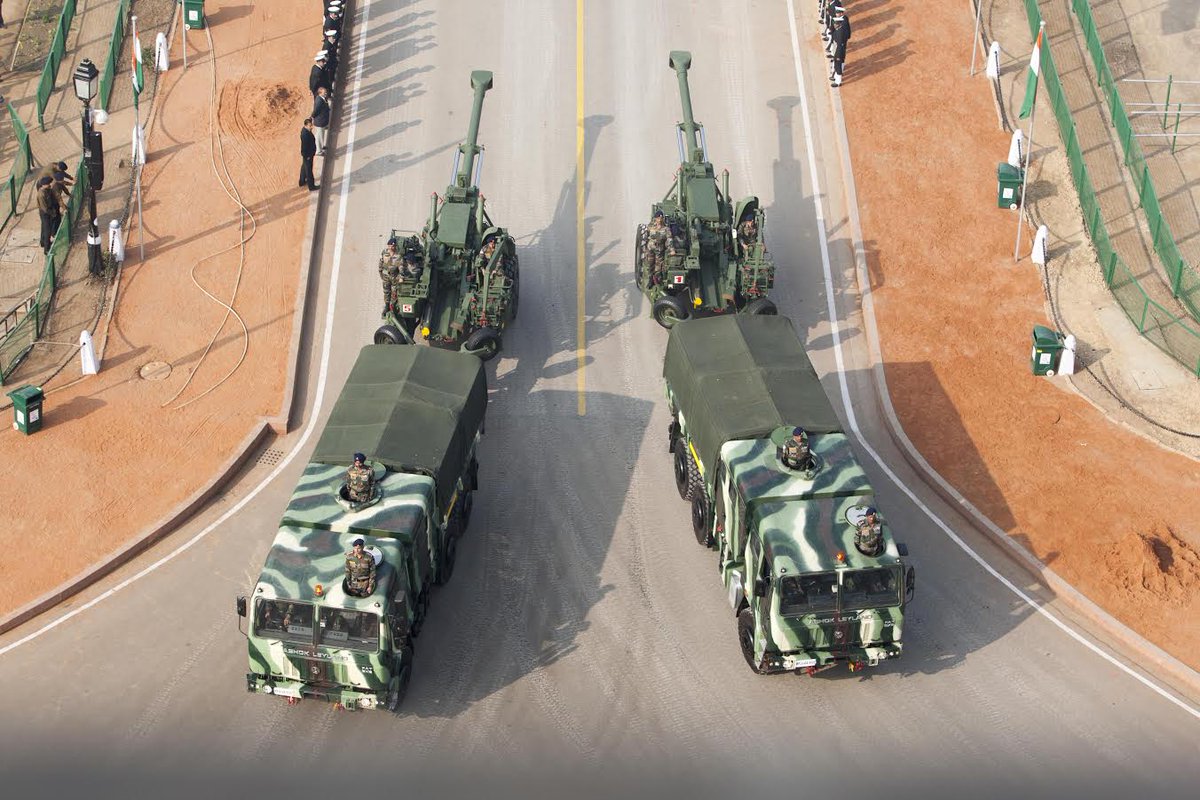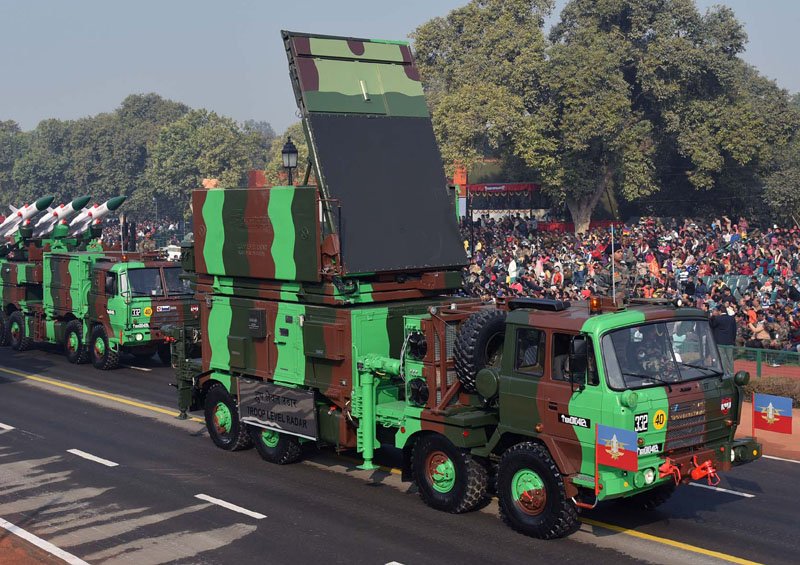Ministry of Defence
16-January, 2017 18:21 IST
India Evolving as a Global Hub in Defence Manufacturing
Defence Minister Shri Manohar Parrikar visited DRDO’s Dr APJ Abdul Kalam Missile Complex during his visit to Hyderabad today. He visited the integration centre at Research Centre Imarat (RCI) and reviewed ongoing missile technologies and related Programmes. Dr S. Christopher, Secretary, DD&D and Chairman DRDO alongwith Dr G. Satheesh Reddy, SA to RM and Director General, Missiles and Strategic Systems briefed the Defence Minister on various technological developments.
Shri Parrikar congratulated all DRDO scientists for the recent successful missions including Smart Anti Airfield Weapon, Long Range Ballistic Missiles Agni V& Agni IV, Guided Pinaka and Astra. He complimented the Missile Complex for indigenizing various technology products and strengthening the defence industrial base in the country.
The Defence Minister said, “There is lot of knowledge and infrastructure base with the DRDO and the same needs to be tapped by the MSME and private industries, which in turn will lead towards the establishment of a self-reliant defence industrial ecosystem in our country. Today, the industries are significantly contributing in the realization of various defence products with the know-how provided by the DRDO and few of them have even graduated as lead integrators. The partnership between the DRDO and industries is transforming our country into a global defence manufacturing hub. This synergy has provided the much needed thrust for exporting our defence products globally. We are taking necessary initiatives in this direction and I am sure that our state-of-the-art Missiles and Weapon systems will garner the much needed interest in the global markets and generate foreign exchange.”
Shri Parrikar added, “I admire the initiatives taken by the DRDO in signing MoUs with various Universities in diversified research areas and these initiatives need to be further strengthened by frequent interactions for realization of futuristic technological products.”
The Union Minister for Defence, Shri Manohar Parrikar visiting the Integration Centre at Research Centre IMARAT (RCI), in Hyderabad on January 16, 2017. The Secretary, R&D and Chairman DRDO, Dr. S. Christopher is also seen.
The Union Minister for Defence, Shri Manohar Parrikar visiting the Integration Centre at Research Centre IMARAT (RCI), in Hyderabad on January 16, 2017. The Secretary, R&D and Chairman DRDO, Dr. S. Christopher is also seen.





















